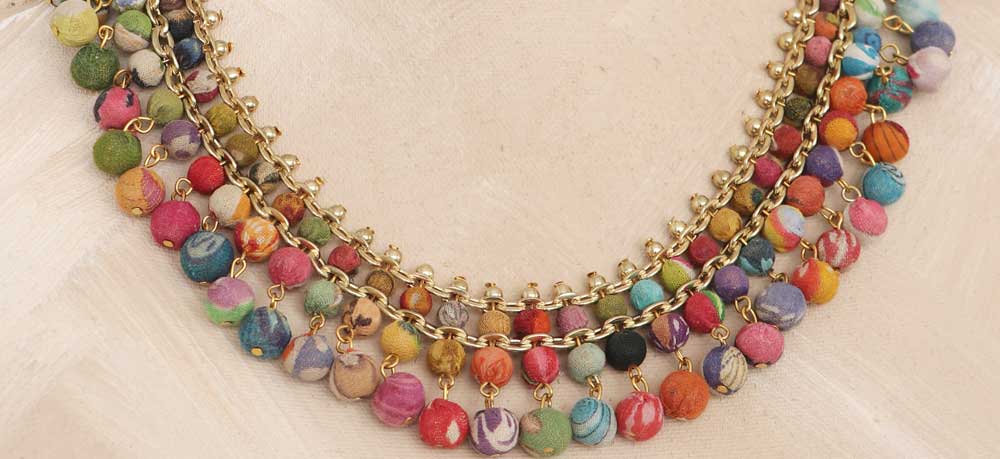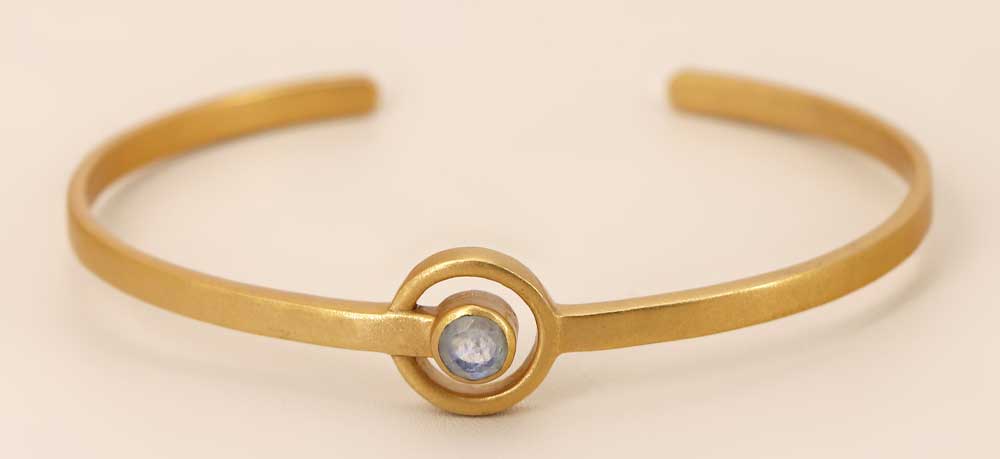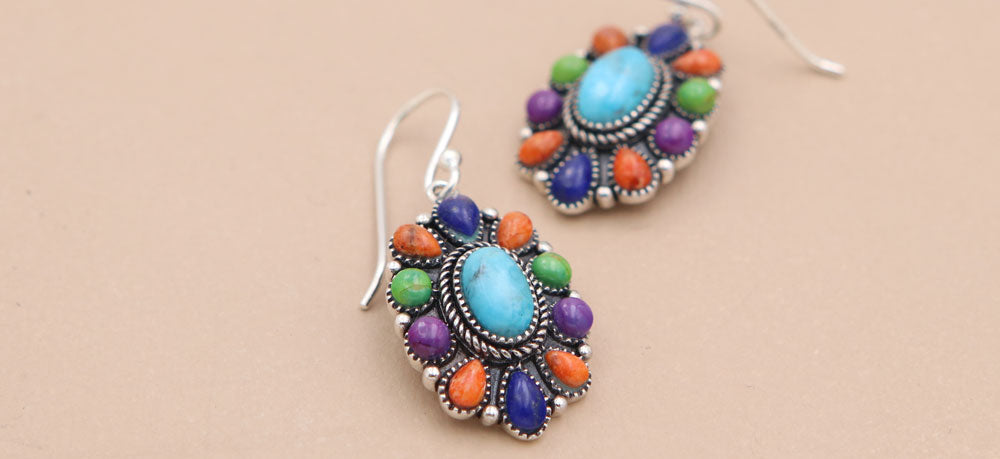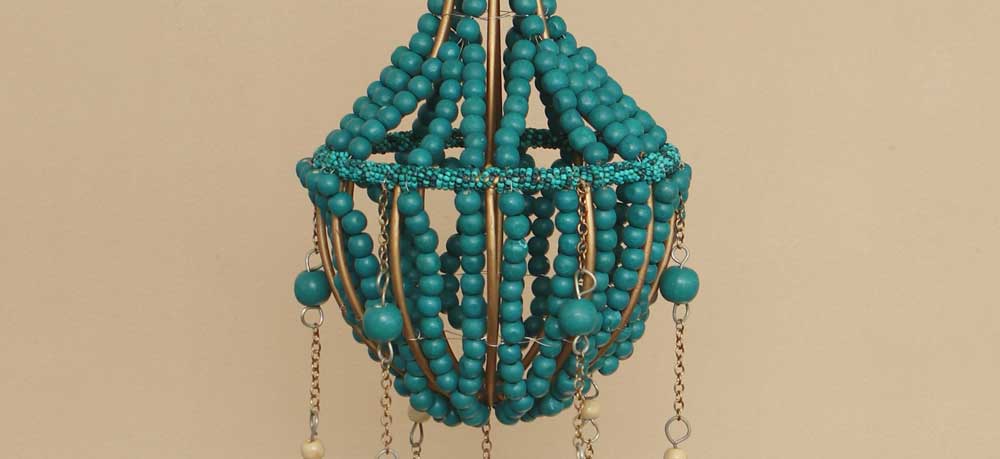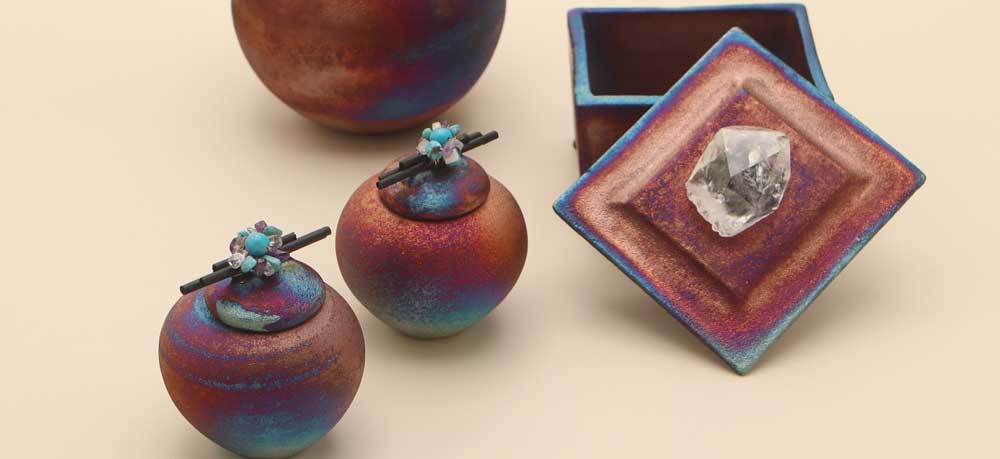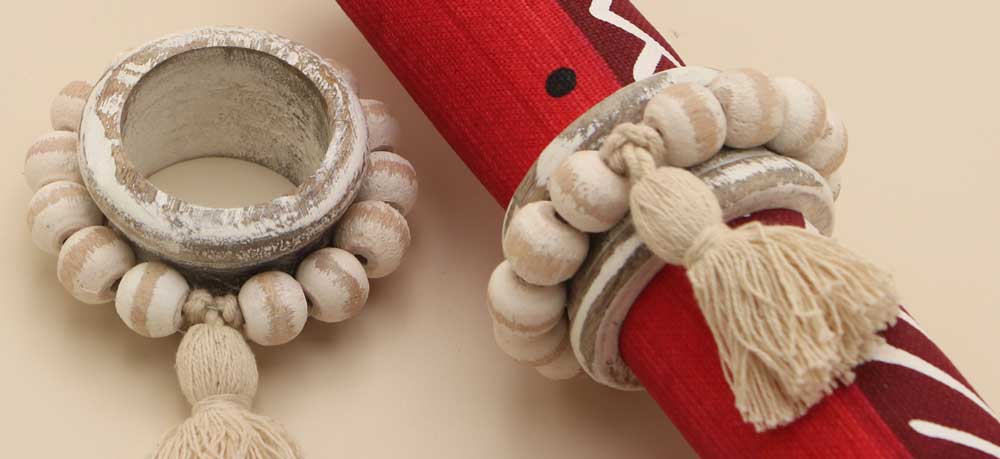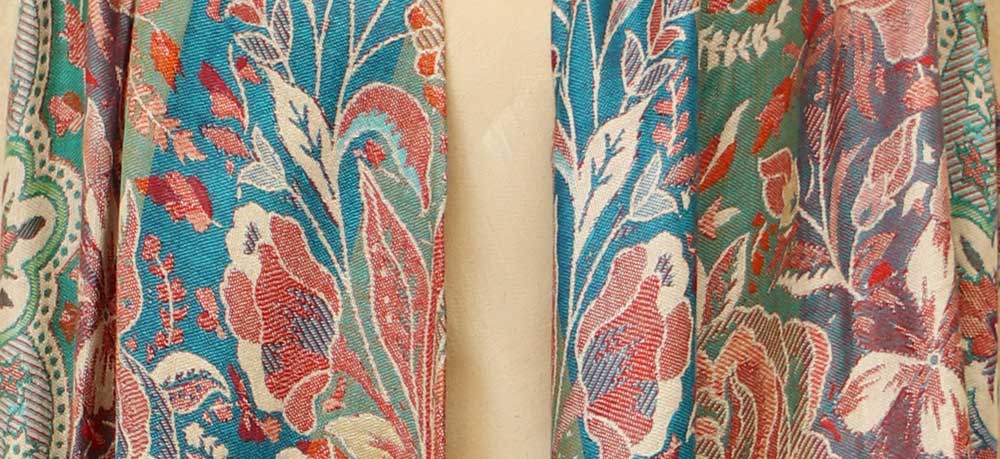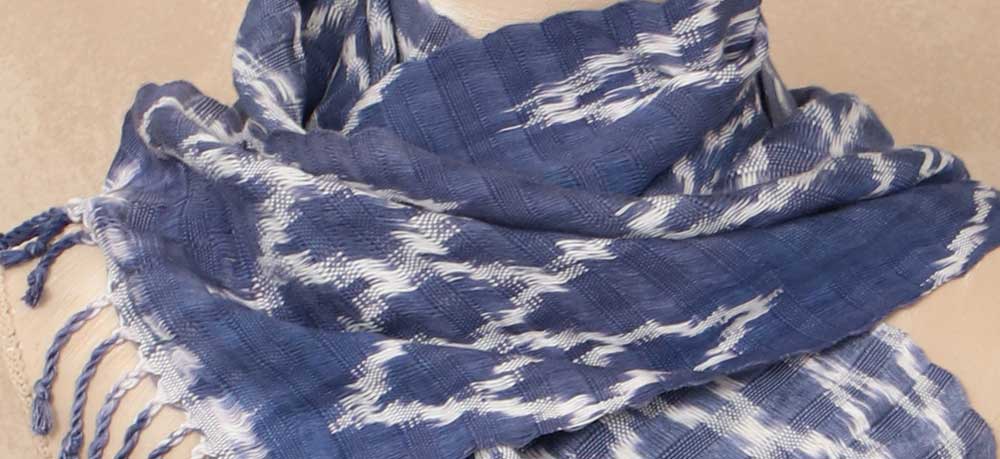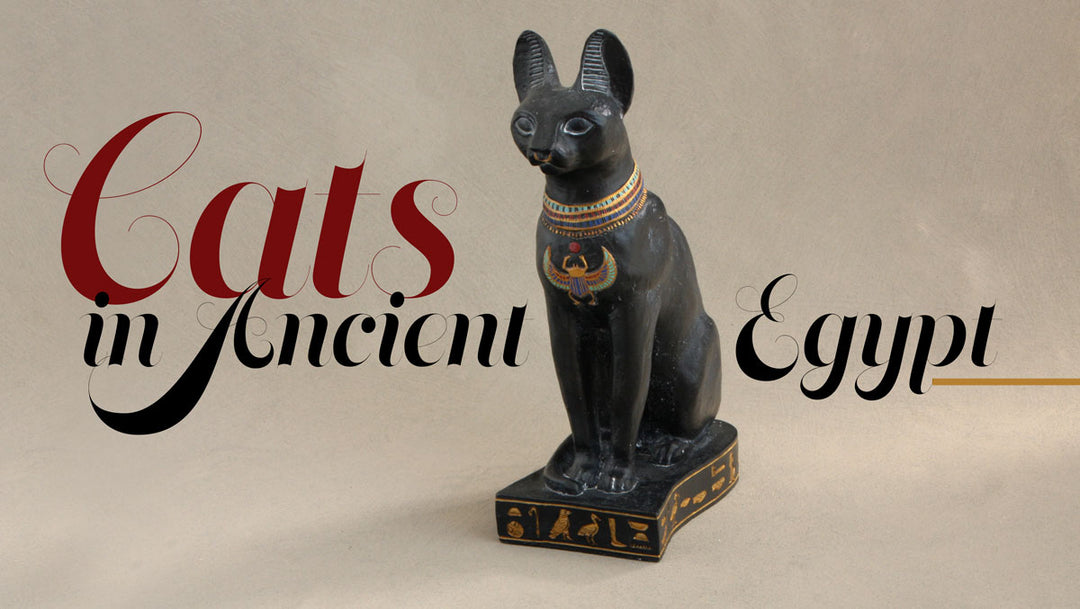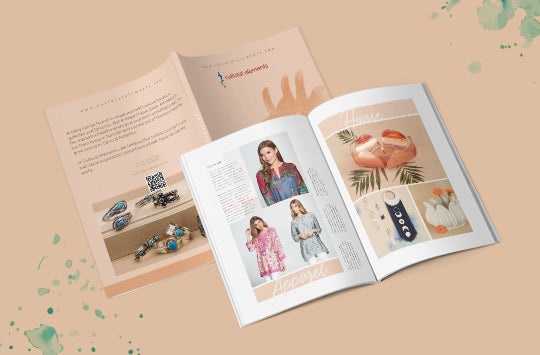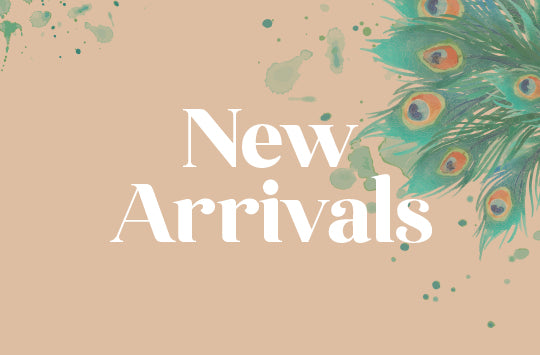The Art of Indian Cowbells

Cowbells are something of a signature craft in India. Forged from metal and scraps, the Indian cowbell is not fancy or frivolous. It is a simple, practical object that delights with its unique sound and handmade look. But more than being charming, Indian cowbells carry with them a legacy of traditional handicraft.
The art of cowbell making is believed to have originated in modern-day Pakistan in an area called Sindh. Today, the Kutch region of western India is one of the more well-known areas where this craft is still practiced. Long before industrialization and modern development, farmers and herders required bells so as to keep track of their livestock. Before the creation of the Indian-Pakistan border, the Kutch region was an area that animal caravans frequently passed through on their way from mainland Asia: bell-making became something of a local profession because of the livestock that populated the region.
Then, and today, the craft is mainly done by members of the Lohar clan. Men, women, and even whole families partake in the process. For many of these artisans, the art of forging bells goes back generations: some bell-makers claim the tradition extends as back as they can trace their ancestry!
To make the bells, craftsmen start with pieces of iron or scraps of tin, often collecting their materials from local junkyards. These scraps are cut and joined together by hand to create a bell shape. Interestingly, no welding is required for this process, as the maker’s traditional technique for joining and locking the scraps is more than enough for the bell to keep its shape. After the bell is formed, it is then coated in either copper or brass powder with mud and fired in a kiln. Once they have been fired, the bell maker tunes them using a hammer.
Bells come in a variety of sizes, and expert bell makers are able to tune their wares with fine precision. In the past, bells could be tuned to have a specific sound at the request of the herder. By asking for a certain sound, the herder would know how to distinguish his cattle from another’s.
The decline of the livestock industry in the Kutch region means that this art form is not as prevalent as it once was. But today, it is being revived through the intervention of various NGOs and fair trade companies. People all over can purchase and enjoy these lovely pieces of culture, and you can too! They are a wonderful addition to a porch, doorway, or any room in the house. It’s a small way to bring the sounds of another land right to your home.


